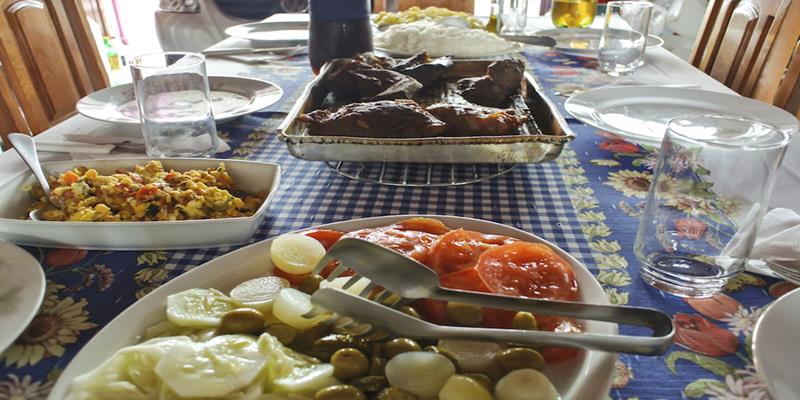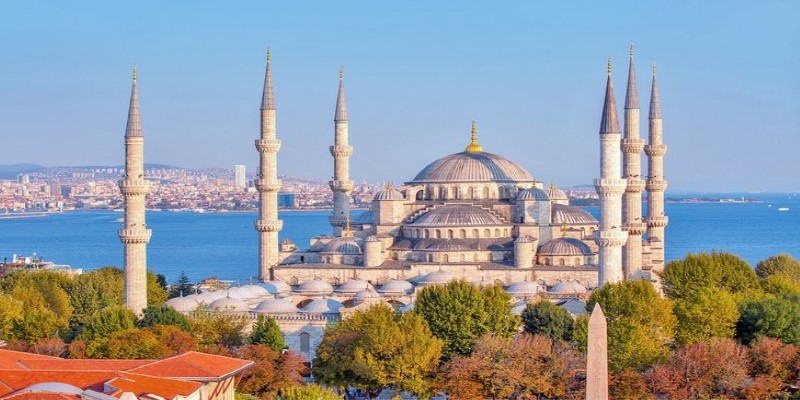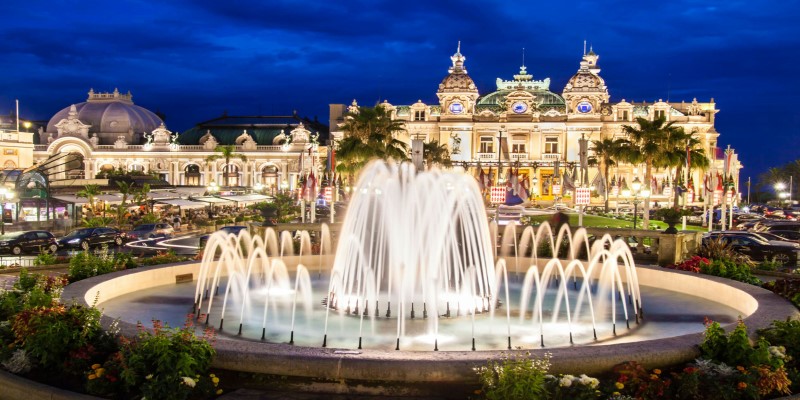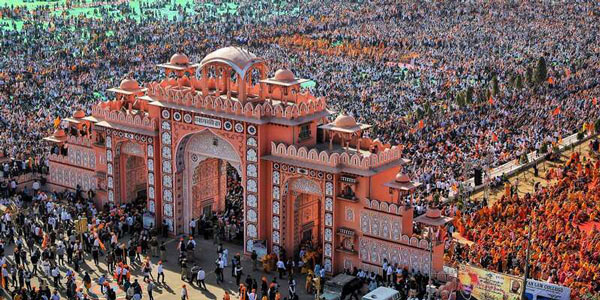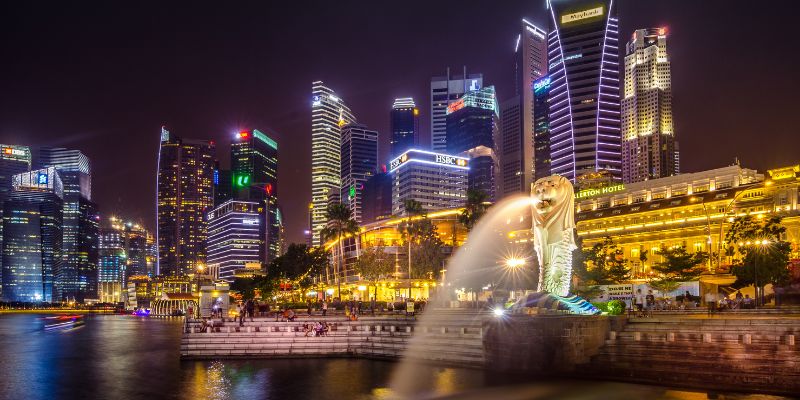Budapest's Architectural Splendor: A Journey Through History and Beauty
Apr 18, 2024 By Sean William
Budapest, the mesmerizing Hungary capital city, stands as a testament to the splendor of architectural beauty. Nestled along the banks of the majestic Danube River, this enchanting city boasts a rich tapestry of historical landmarks, stunning monuments, and elegant buildings that capture the imagination of visitors from around the world. As one of Europe's most picturesque cities, Budapest exudes an air of timeless charm and sophistication, inviting travelers to immerse themselves in its captivating allure.
Buda Castle
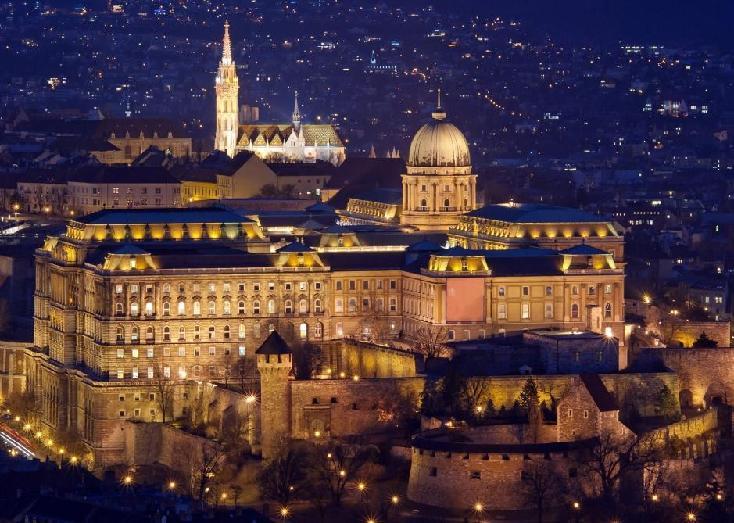
At the heart of the Buda Castle District lies Buda Castle, a majestic fortress that has served as a symbol of Hungarian power and resilience for centuries. Originally built in the 13th century and expanded over the years, the castle boasts a stunning array of architectural styles, including Gothic, Renaissance, and Baroque elements. Visitors can explore the castle's grand courtyards, opulent chambers, and impressive galleries, immersing themselves in the rich history and culture of Hungary.
Matthias Church
Matthias Church stands as a jewel of Hungarian architecture, with its striking neo-Gothic faade and colorful tiled roof. Originally built in the 14th century and later restored to its former glory, the church famous for intricate stonework, stunning stained glass windows, and ornate interior dcor. Visitors can marvel at the church's breathtaking beauty and explore its historic interior, which houses a collection of priceless religious artifacts and artworks.
Fisherman's Bastion
Adjacent to Matthias Church, Fisherman's Bastion panoramic view the Danube River and the city below. This fairy tale terrace, with its whimsical turrets and sweeping staircases, provides the best vantage point for capturing the beauty of Budapest's skyline. Visitors can stroll along the bastion's terraces, admire its intricate architecture, and soak in the breathtaking vistas of the city and beyond.
Hungarian Parliament Building
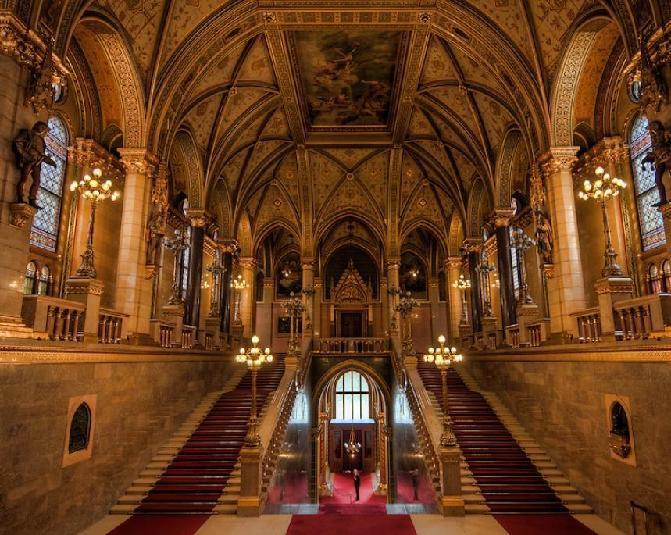
Standing proudly on the banks of the Danube River, the Hungarian Parliament Building is a crowning jewel in Budapest's architectural crown, a symbol of the city's grandeur and resilience. This iconic landmark, with its Gothic Revival faade, towering spires, and majestic domes, is a testament to Hungary's rich history and cultural heritage.
Designed by architect Imre Steindl and completed in 1904, the Hungarian Parliament Building is the largest and one of the most beautiful parliamentary buildings in the world. Its imposing presence along the river bank commands attention, drawing visitors from near and far to marvel at its architectural grandeur and historical significance.
The Parliament Building's design pays homage to Hungary's medieval past, with its pointed arches, intricate carvings, and soaring towers evoking a sense of Gothic splendor. The building's faade is adorned with statues of Hungarian rulers, statesmen, and military leaders, celebrating the nation's illustrious history and heritage.
Inside, the Parliament Building is equally impressive, with its grandiose halls, ornate staircases, and opulent chambers reflecting the wealth and power of the Hungarian state. Visitors can explore the building's interior on guided tours, marveling at its lavish dcor, priceless artworks, and stunning architectural details.
St. Stephen's Basilica
Nestled in the heart of Budapest, St. Stephen's Basilica stands as a testament to the city's rich religious heritage and architectural prowess. Named in honor of Hungary's first king, St. Stephen, this magnificent basilica is not only a place of worship but also a cherished symbol of Budapest's cultural identity.
With its neoclassical faade, towering dome, and elegant bell towers, St. Stephen's Basilica commands attention from afar, drawing visitors and worshippers alike to its hallowed halls. Designed by architect Jzsef Hild and completed in 1905, the basilica's architectural style blends elements of classical and Baroque influences, creating a harmonious aesthetic that captivates the eye.
As visitors approach the basilica, they are greeted by a grand staircase flanked by imposing columns and statues of saints, leading up to the main entrance. Inside, the basilica's interior is a marvel of artistry and craftsmanship, with its soaring ceilings, intricately carved marble altars, and shimmering stained glass windows. The centerpiece of the basilica is its magnificent dome, which rises to a height of over 96 meters, offering panoramic views of Budapest's skyline from its observation deck.
One of the most revered treasures housed within St. Stephen's Basilica is the relic of the Holy Right Hand of St. Stephen, the patron saint of Hungary. Believed to have miraculous powers, the relic is enshrined in a gilded reliquary and displayed for veneration on special occasions.
Chain Bridge
Constructed in the mid-19th century, the Chain Bridge was the first permanent bridge to connect Buda and Pest, bringing the two halves of the city together, ushering in a new era of growth and prosperity. Designed by English engineer William Tierney Clark and later rebuilt by Scottish engineer Adam Clark, the bridge's architectural style blends elements of neoclassical and Baroque influences, creating a graceful and imposing structure that commands attention from all who behold it.
At the heart of the Chain Bridge's design is its innovative use of iron chains, which give the bridge its name and serve as a testament to the engineering prowess of its creators. The chains, suspended from massive stone pillars adorned with lion sculptures, support the bridge's weight and provide stability against the Danube's powerful currents, allowing it to withstand the test of time.
As visitors traverse the Chain Bridge, they are treated to breathtaking views of Budapest's skyline, with its historic landmarks and picturesque riverbanks stretching out before them. From the majestic spires of the Hungarian Parliament Building to the imposing silhouette of Buda Castle perched atop Castle Hill, the bridge offers a panoramic vista of Budapest's architectural splendor.
Conclusion
In conclusion, Budapests architectural treasures weave a fascinating history and touching cultural story, and innovation, showcasing the city's enduring charm and timeless beauty. From the historic landmarks of the Buda Castle District to the iconic symbols of the Hungarian Parliament Building and St. Stephen's Basilica, each structure tells a story of Budapest's past while inviting visitors to marvel at its present splendor. Whether exploring the winding streets of the castle district, admiring the grandeur of Parliament along the Danube, or crossing the majestic Chain Bridge, Budapest's architectural wonders offer an unforgettable journey through the heart and soul of this remarkable city.
